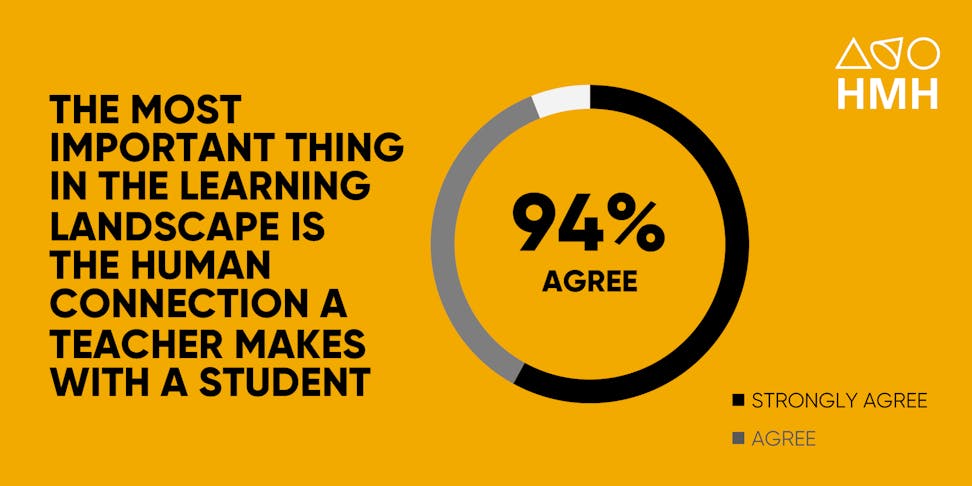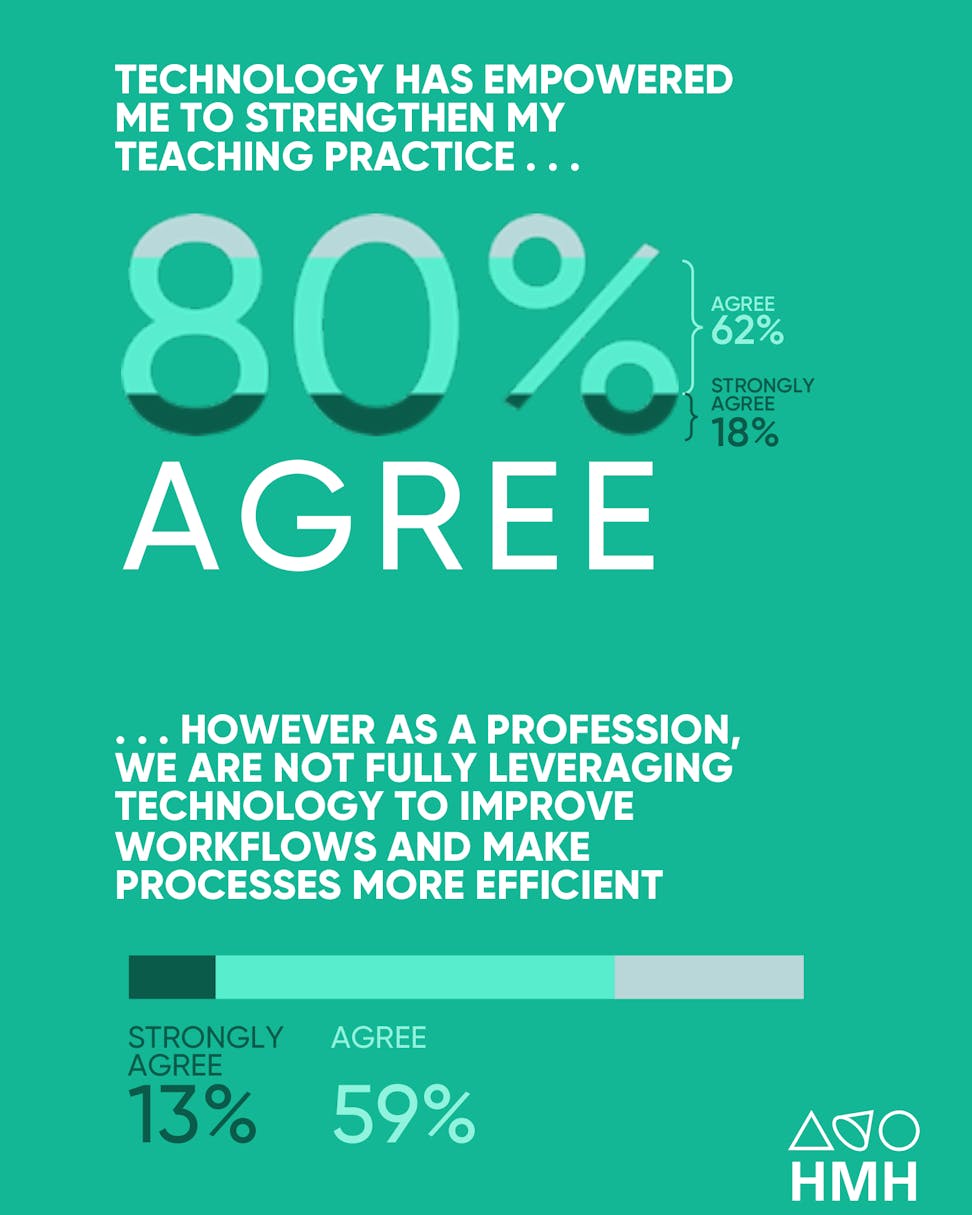The Next Wave of Edtech Will Be Very, Very Big — and Global
India’s Byju’s
Few companies have tackled the full range of learners since the days when Pearson was touted as the world’s largest learning company. Those that do, however, are increasingly huge (like PowerSchool, which had an IPO this week) and work across international borders.
Chinese education giants, including TAL and New Oriental.
The meteoric rise of Chinese edtech companies has dimmed recently as the Chinese government shifted regulations around online tutoring, in an effort to “protect students’ right to rest, improve the quality of school education and reduce the burden on parents.”
Acquisitions and partnerships are a cornerstone of Byju’s early learning programs: It bought Palo Alto-based Osmo in 2019, which combines digital learning with manipulatives, an approach the companies call “phygital.” For instance: Using a tablet’s camera and Osmo’s artificial intelligence software, the system tracks what a child is doing on a (physical) worksheet and responds accordingly to right and wrong answers. “It’s almost like having a teacher looking over you,
My note: this can be come disastrous when combined with the China’s “social credit” system.
By contrast, Byju’s FutureSchool (launched in the U.S. this past spring) aims to offer one-to-one tutoring sessions starting with coding (based in part on WhiteHat Jr., which it acquired in August 2020) and eventually including music, fine arts and English to students in the U.S., Brazil, the U.K., Indonesia and others. The company has recruited 11,000 teachers in India to staff the sessions
In mid-July, Byju’s bought California-based reading platform Epic for $500 million. That product opens up a path for Byju’s to schools. Epic offers a digital library of more than 40,000 books for students ages 12 and under. Consumers pay about $80 a year for the library. It’s free to schools. Epic says that more than 1 million teachers in 90 percent of U.S. elementary schools have signed up for accounts.
That raises provocative questions for U.S. educators. Among them:
- How will products originally developed for the consumer market fit the needs of schools, particularly those that serve disadvantaged students?
- Will there be more development dollars poured into products that appeal to consumers—and less into products that consumers typically skip (say, middle school civics or history curriculum?)
- How much of an investment will giants such as Byju’s put into researching the effectiveness of its products? In the past most consumers have been less concerned than professional educators about the “research” behind the learning products they buy. Currently Gokulnath says the company most closely tracks metrics such as “engagement” (how much time students spend on the product) and “renewals” (how many customers reup after a year’s use of the product.)
- How will products designed for home users influence parents considering whether to continue to school at home in the wake of viral pandemics?


